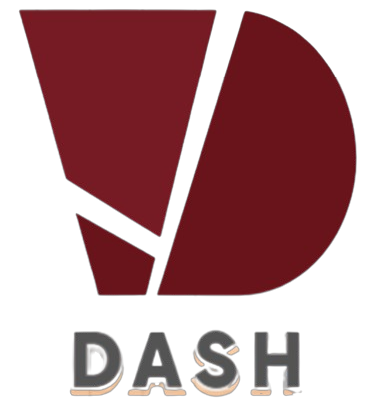When you’re managing a WordPress project, your role is to keep the client happy, keep the developer productive, and ensure no details get lost between them. The developer should never have direct client contact – you’re the single point of communication.
Phase 1: Project Kickoff
Goal: Understand the client’s needs and set the foundation.
- Clarify the Reason for Building the Website
- Ask: Why do you want this website? What problem should it solve? Example answers could be: brand visibility, selling products, building a portfolio, event promotion.
- Ask for Sample Sites: Request 3–5 sample websites they like.
- Ask why they like each one (layout, colors, features, speed, etc.).
Phase 2: Theme Selection
Goal: Help client choose a suitable design direction.
- Brief the Developer: Share the client’s reason for building the site and the sample links.
- Ask the developer to suggest and share 5 suitable WordPress themes that align with the client’s request with you.
- Share WordPress theme options with Client. Present the developer’s 5 themes to the client.
- Provide pros and cons for each (cost, customization flexibility, etc.)
- Ask the client to choose their preferred theme, just one. Ask why they chose the theme, so that the developer can stay as close as possible to their preference.
- If the client does not like the theme options provided by the developer,
- apologize to the client,
- ask for more clarity from the client and
- ask the developer to share more theme options using the client’s feedback as a guide.
- If the client does not like the theme options provided by the developer,
- Confirm Payment Before Starting
- Request 70% upfront payment before any work begins.
- Send an invoice and confirm payment received.
Phase 3: Template Setup & Content Gathering
Goal: Get the site structure ready and collect content.
- Create a content checklist using google sheets, google docs and google drive.
- Request content from client. Content should be based on the selected theme’s layout. This includes text, images, videos, and other media for each page.
- Client shares branding media and content – logo, brand colors, preferred font, list of pages.
- Share the chosen template with the developer and ask that the theme be setup for the project.
- Developer installs the theme and sets up basic site structure (menu, placeholder pages).
- Client starts to share content based on the content checklist
- Share the link to the collated content with the developer with a guide on how to navigate the content
- Developer shares the link to the staging environment with the theme setup with you.
Phase 4: Review & Adjustments
Goal: Align with client expectations before launch.
- Share the staging link with the client: Ask for feedback in one consolidated email/document to avoid endless back-and-forth.
- Coordinate Revisions with Developer: Summarize changes clearly for the developer.
- Track adjustments until the client is satisfied.
Phase 5: Go Live
Goal: Launch smoothly and close the project properly.
- Request Client Approval for Go Live: Get a written confirmation before pushing to live.
- Go Live: Developer migrates the site from staging to live environment.
- Confirm all links, forms, and features work as expected.
- Prepare Project Documentation Include:
- Admin login details
- Hosting and domain info
- Instructions for basic updates
- Theme license keys (if purchased)
- Final Payment
- Request the remaining 30% balance once the site is live and approved.
Pro Tip:
Keep all communication documented — emails, shared drives, content links, feedback notes — so you can trace decisions if questions arise later.



